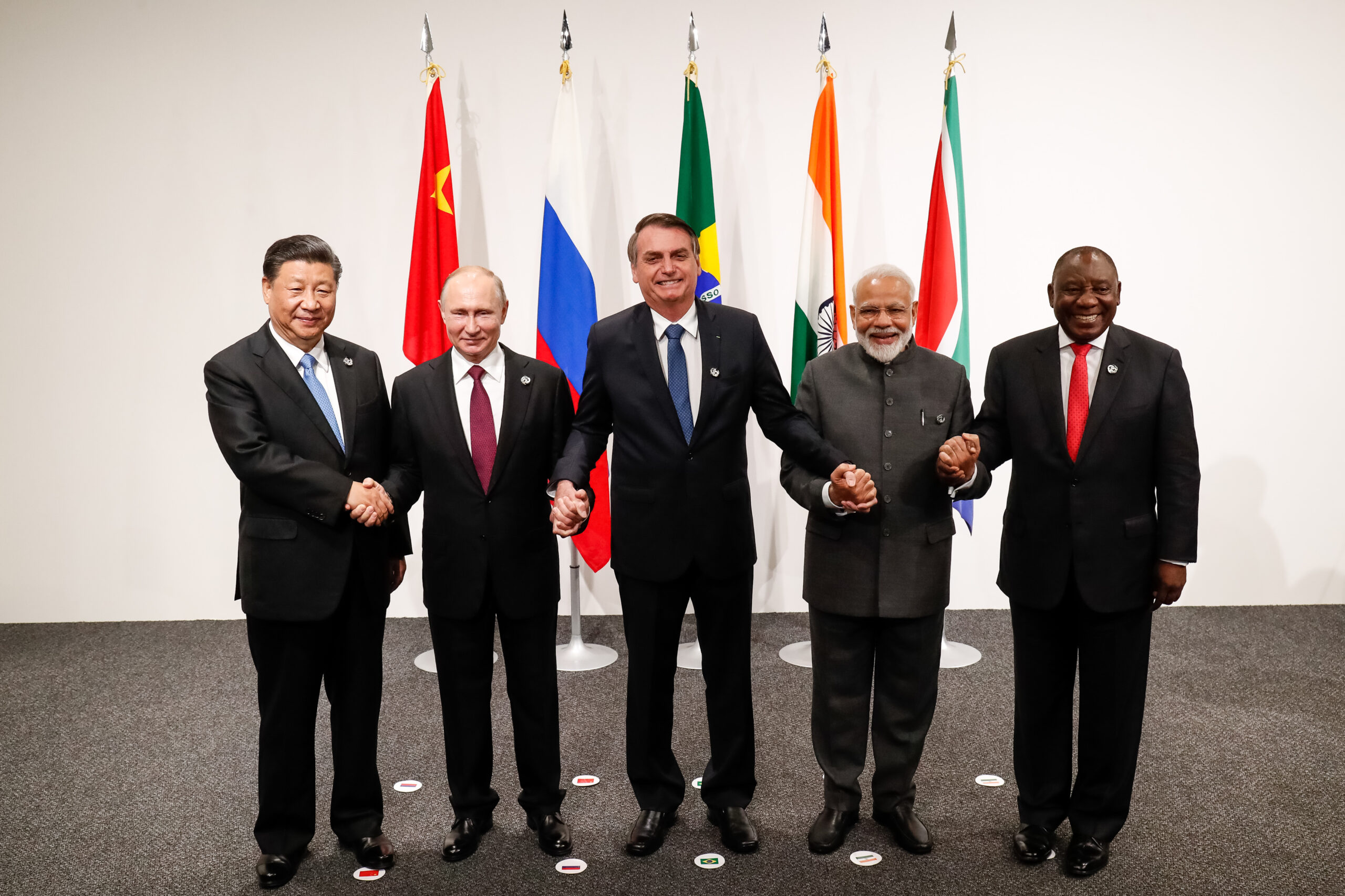Q. No. 7. Why and when was the BRICS established? Which countries are part of BRICS? 2021

The BRICS is an acronym that represents the association of five major emerging economies: Brazil, Russia, India, China, and South Africa. The term “BRIC” was originally coined in 2001 by economist Jim O’Neill to refer to the four countries (Brazil, Russia, India, and China) with rapidly growing economies and significant potential for global influence.
The first formal BRIC summit took place in 2009, in Yekaterinburg, Russia. During this summit, South Africa was invited to join, and the group became known as BRICS. The inclusion of South Africa in 2010 expanded the group’s representation to include Africa.
The BRICS was established with the goal of promoting economic cooperation and mutual development among its member countries. The key objectives of BRICS include enhancing trade and investment, promoting financial cooperation, strengthening political and diplomatic ties, and fostering cultural exchanges among member nations.
The BRICS countries collectively represent around 42% of the world’s population, 23% of global GDP, and 17% of international trade. The alliance serves as a platform for these emerging economies to discuss common issues, voice their concerns, and coordinate their positions on global economic governance and other matters of mutual interest. The BRICS also seeks to provide an alternative voice in international forums and contribute to the shaping of global economic policies.
It is important to note that the information provided here is accurate as of my knowledge cutoff in September 2021. For the most up-to-date information, it is recommended to refer to official sources or recent news regarding the BRICS.